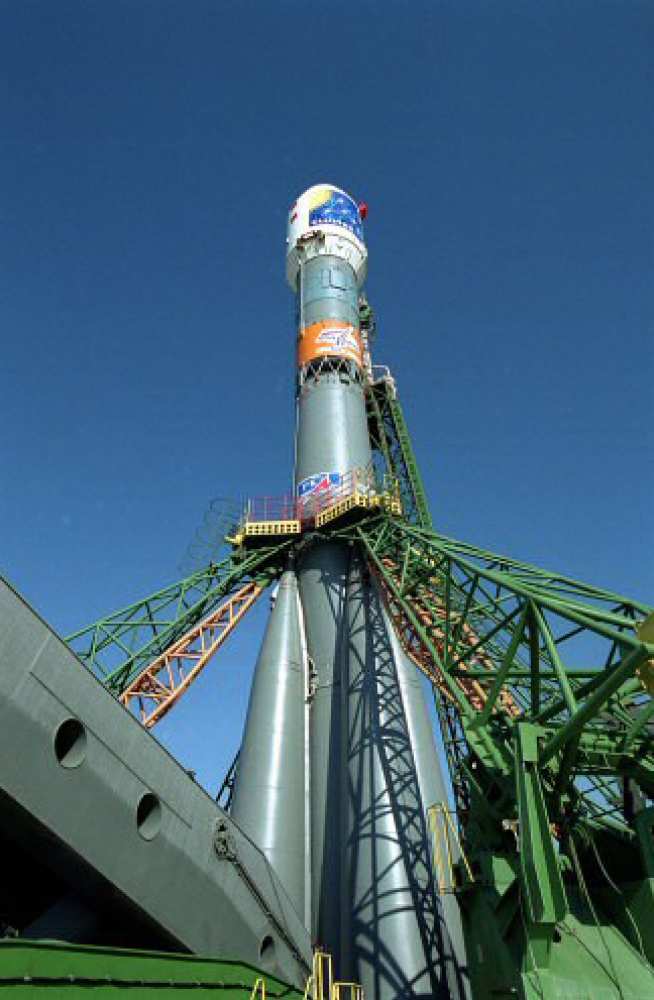Scientific Objectives

The magnetic field investigation (FGM) on Cluster is providing accurate, high time-resolution measurements of the magnetic field vector in the magnetosphere and in the upstream solar wind along the Cluster orbit.
Each Cluster spacecraft carries an identical FGM instrument to measure the magnetic field in the range between DC and tens of Hz. The four point FGM measurements allow the spatial structure and temporal evolution of the magnetic field in the plasma to be studied. Using the data in combination, further physical properties of the plasma can be calculated, such as the orientation and speed of boundaries, the unique identification of wave modes supported by the plasma, and the local current density. None of these plasma diagnostics were directly measurable before Cluster was launched.
Cluster samples most of the key magnetospheric regions: the dayside magnetospheric boundary, both at mid-latitudes and in the cusp, where processes associated with magnetic reconnection and turbulence are believed to occur; the near-Earth magnetospheric tail on the nightside which undergoes frequent large-scale magnetic reconfigurations during substorms; and the upstream solar wind, bow shock and magnetosheath.
A significant subset of the objectives of the magnetic field investigation have close connections with the side field of solar-terrestrial relations. In this context, collaboration with simultaneous ground-based observations will play a key role in relating magnetospheric responces with signatures observed by remote-sensing, ground-based instruments and facilities, such as magnetometer chains and ionospheric radars.


